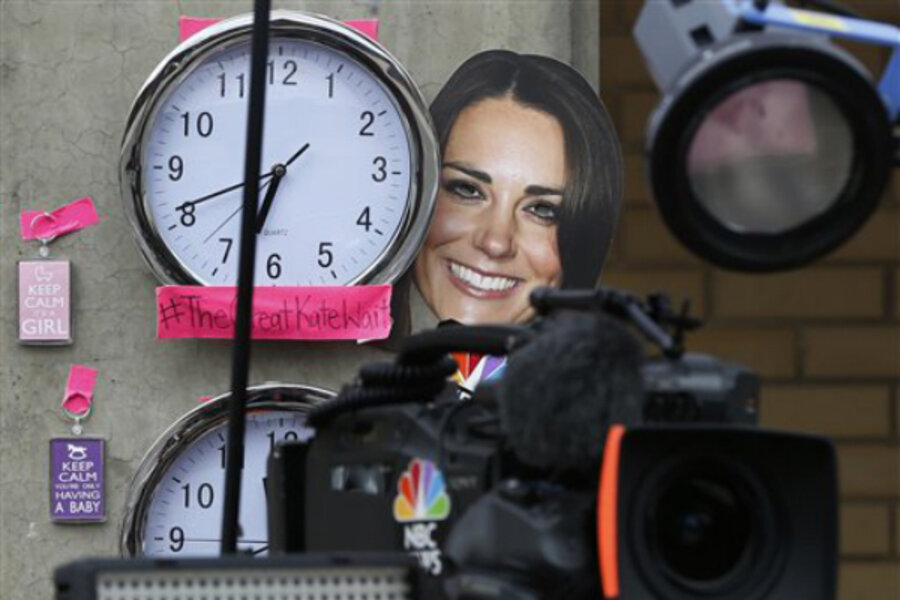In the early 1900s — and probably before — custom dictated that government officials should be present when a royal was born. When the queen was born in 1926, for example, the home secretary was present among the doctors.
The current home secretary, Theresa May, said the centuries-old tradition required the official to attend "as evidence that it was really a royal birth and the baby hadn't been smuggled in." Fortunately for Kate — the practice was abolished years ago by George VI.
The custom is thought to have been linked to the so-called "warming pan plot" of 1688, when rumors swirled that the supposed child of James II was sneaked into the delivery room in a long-handled bed-warming pan. Some 40 to 60 people were said to have dropped in to witness the birth.





